Most professional vintage sellers will freely admit they spend more time researching vintage than they should. We can’t help it. Curiosity is an inherent trait in most vintage sellers and collectors. But there are practical reasons beyond curiosity why we do it.
We research vintage because we have an obligation to be accurate.
When we’re researching vintage, our research materials include books, online resources and other seller’s listings. Although it is profoundly bad form to copy another seller’s listing or photos (and it happens), it is okay to learn from them, just like someone might learn from yours. Because we are innately curious, we want to provide our buyers with accurate info, and because we know we might be someone’s reference, we try to be as accurate as our research will allow.
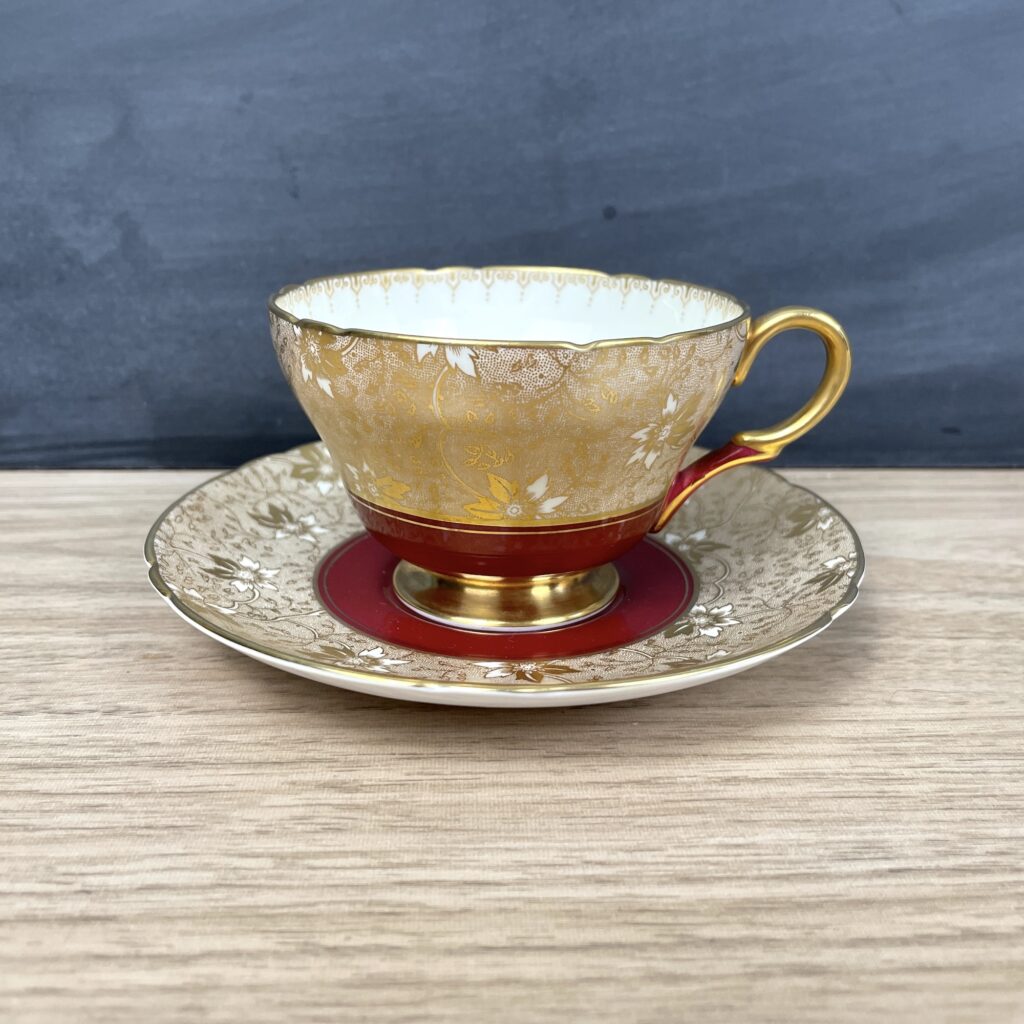
Case in point, this Shelley teacup marked #12848/41. Going to the Schiffer Shelley Teaware Patterns book, it’s supposed to be a pattern called “Orchid” that’s green and definitely not maroon. Search for the pattern number online and sellers have called it “Poinsettia,” “Cactus Sheet,” and “Cactus Chintz Orchid.” So what does a seller call it?
We research vintage because we want to price it right.
Although we love selling vintage, we are also fond of paying our mortgages and keeping ourselves supplied with iced decaf latte americanos. If there’s a fair nickel to be made, we want to make it. The difference between a glass paperweight signed by a noted artist and an unsigned piece can be hundreds of dollars. That’s why we will sit there with our magnifier trying to make out the letters in that signature. It’s like solving a cryptogram puzzle.
One of our favorite rants is that artist’s signatures should be legible. We once spent a great deal of time deciding, based on the signature, that an artist’s name was Goi LaLoin even though we were pretty sure that is a name no human being had ever been given.
In china patterns in particular, but also in glass and other vintage categories, two similar pieces can also have vastly different values. The Aynsley cup and saucer with a gold interior sells on eBay at prices ranging from $140 to $300. With a fruited interior, it’s a $50 teacup. Research keeps you from over or underpricing.
We research vintage to make sure it’s true vintage.
Researching vintage to tell if something is real or a reproduction is important for buyer satisfaction. If you’re selling to a collector, chances are they can tell, and you don’t want to disappoint them. Depression and elegant glass pieces are often reproduced as the molds were sold when companies went out of business.
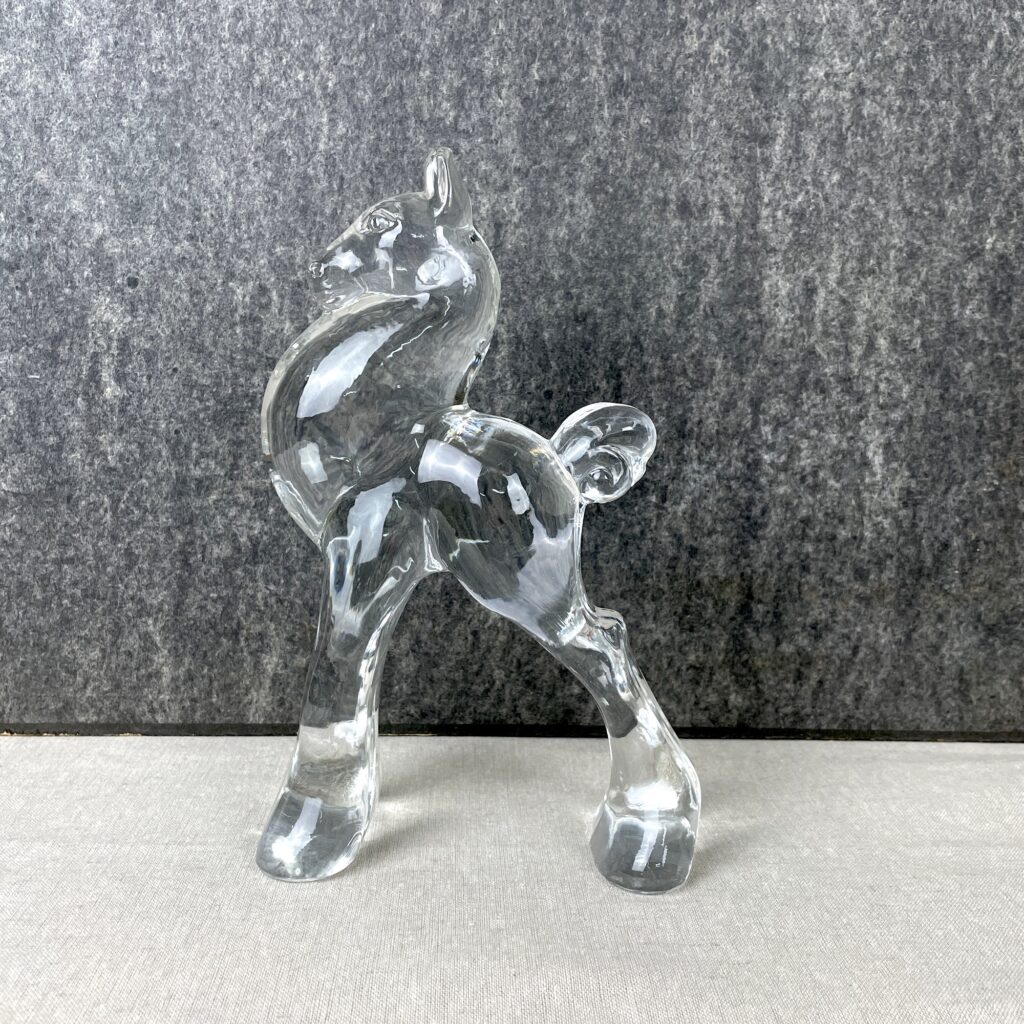
This Heisey Head Forward Filly was marked with a H on the leg, but many of the molds for Heisey animals were sold to Imperial and other glass companies, who continued to make them. The Head Forward Filly was made both by Imperial and Fenton, with prices for those ranging from $25-$75 depending on color. A true Heisey Filly sells for upwards of $300, again depending on color. After a lot of time, a helpful hint turned up. True Heisey animals fluoresce yellow under black light. This filly glowed like the sun. (We also knew it came from a woman who lived by the original Heisey factory, so we thought it might be original, but we try not to assume…too often.)
We research vintage because we don’t want to look foolish.
Sometimes we come across something that is a curiosity. We don’t know what it is. And of course, Google Lens do not see fit to render unto us a similar item. So we ask our vintage selling friends and if we strike out there, we start putting random search terms into our search engine of choice to see if we can find it.
One of the nicest things that happen is when we list something and we get a message from a collector who knows more about the item and is happy to share. Most vintage sellers are grateful for those messages.
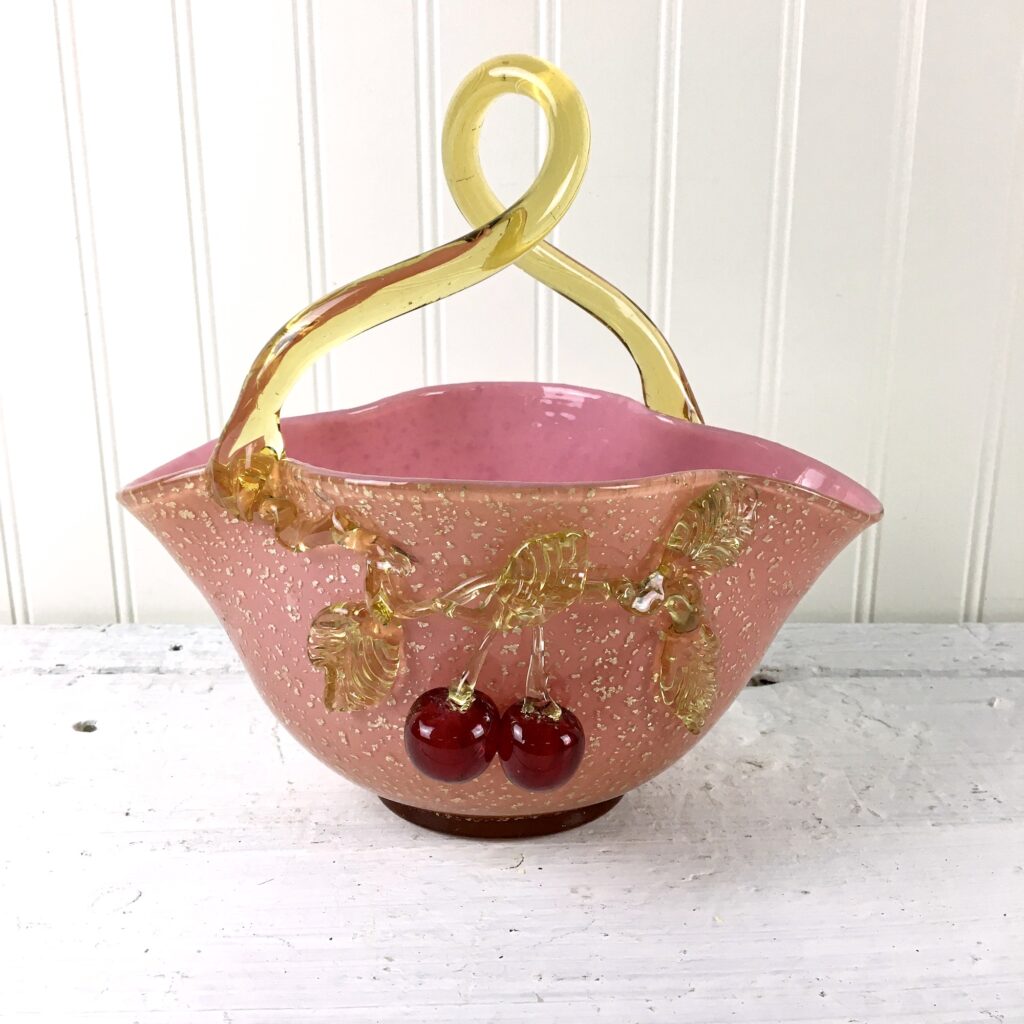
A buyer was kind enough to let me know I had misidentified the maker of this glass basket. Cherries were a popular motif and there were a lot of cherry-adorned baskets out there.
We research vintage because inquiring minds want to know.
Learning something new can make a vintage seller’s flippers flap with joy. I’ve been selling vintage for over a decade and liking it for even longer, but the potteries Marzi Remy, Jackfield and Brayton Laguna were all new to me this month. After reading a little about them, there’s a decent chance I will recognize the name if I hear it again. We love knowing stuff about stuff.
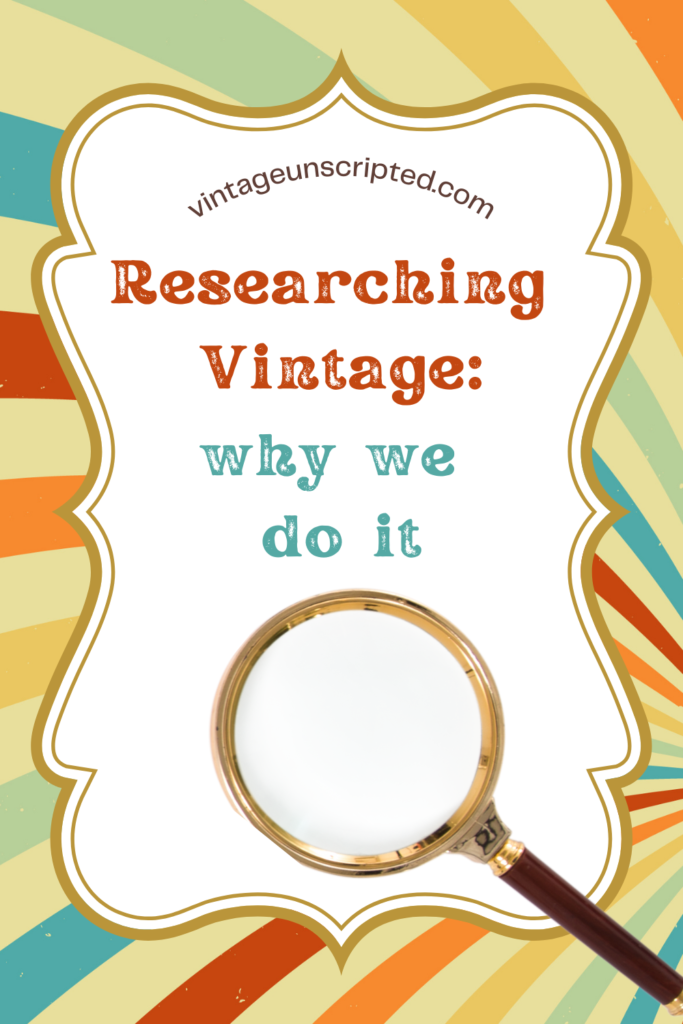

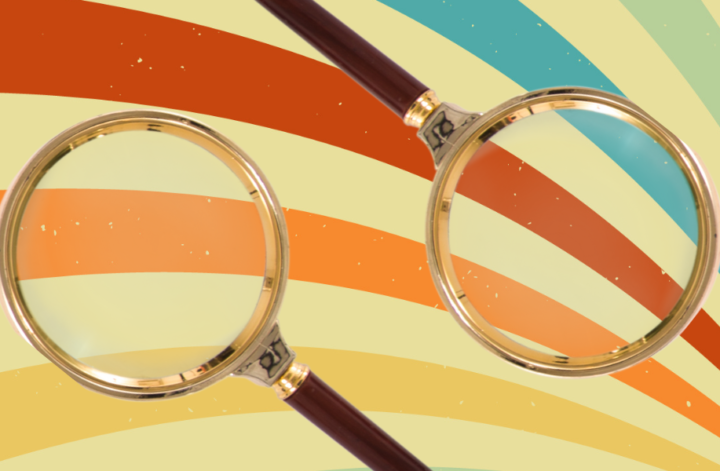
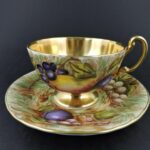
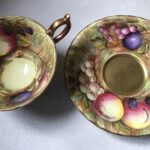

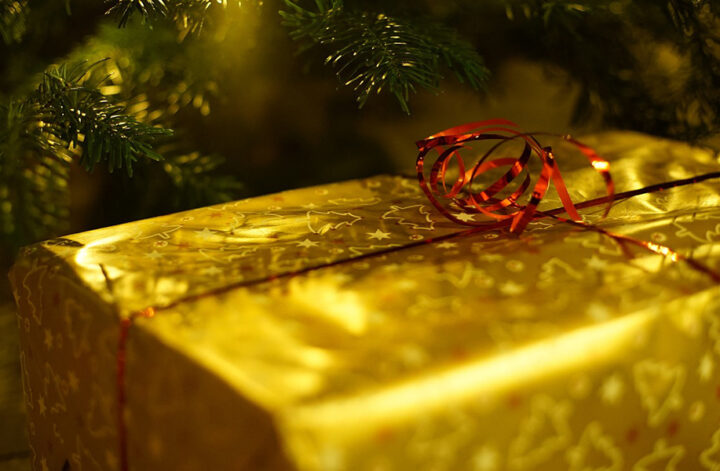
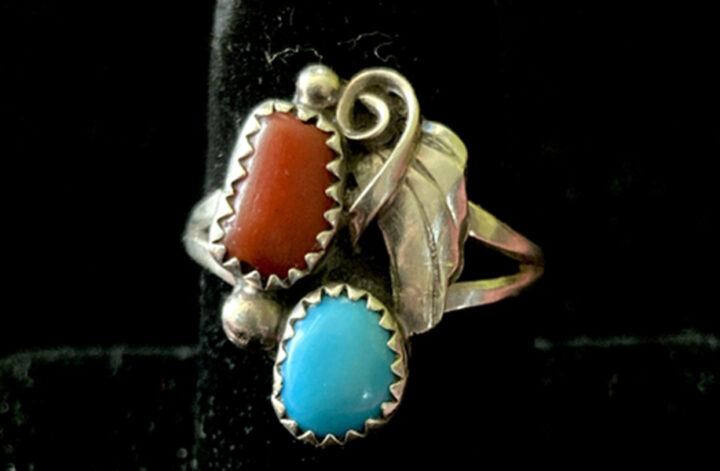
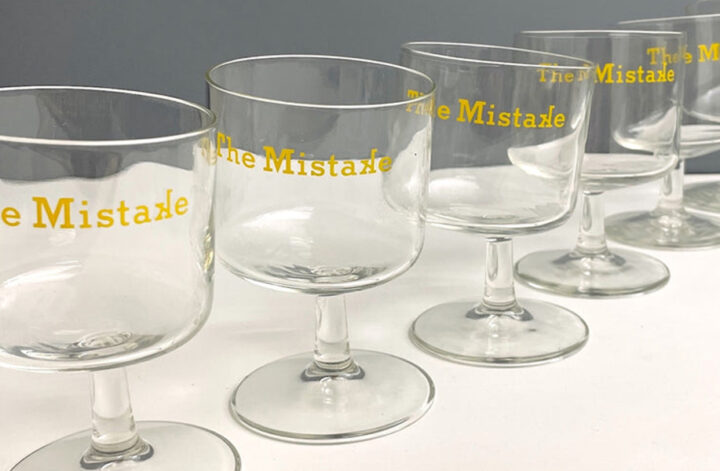
1 comment
Always enjoy learning more about what I’m selling and also glad to pass along any information I’ve collected over the years.